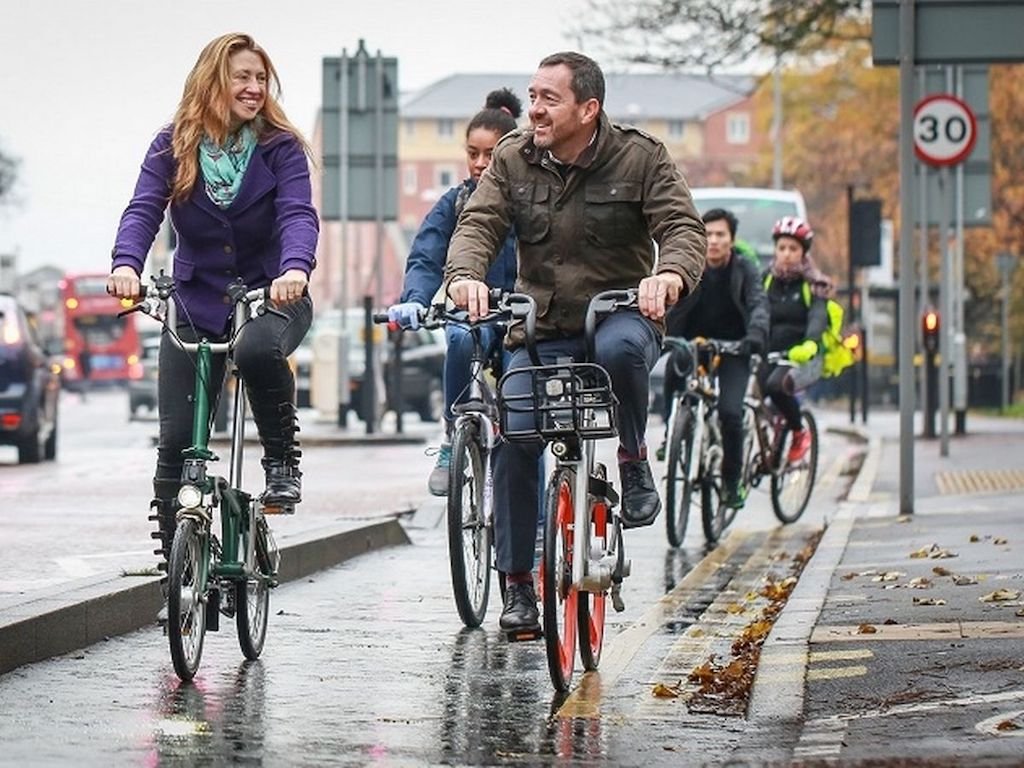DfT announces £200m for cycling and walking infrastructure
The Department for Transport has announced £200 million of funding for new walking and cycling schemes across England.
The government’s new executive agency Active Travel England, led by Chris Boardman, will oversee the delivery of 134 schemes, backed by £161 million, which include new footways, cycle lanes and pedestrian crossings across 46 local authorities outside London.
In addition 19 authorities will also receive a share of £1.5 million for “mini-Holland” feasibility studies, to assess how the areas could be as pedestrian and cycle-friendly as their Dutch city equivalents.
The government has also confirmed it will inject £35 million to improve the quality, safety and accessibility of the National Cycle Network, a UK-wide network of paths and routes for walking, cycling or wheeling managed by the independent charity Sustrans. The new funding will see 44 off-road-sections of the network upgraded.
Up to £8 million is going towards a new programme to accelerate the uptake of e-cycles by offering short and long-term loans of e-cycles. The pilot scheme, which will be delivered by Cycling UK, launched earlier this week in Greater Manchester and will be targetted in enabling those with longer or hillier journeys to cycle and access employment opportunities.
The government’s cycling and walking body, Active Travel England, was set up earlier this year to drive up the standards of cycling and walking infrastructure across the country and make walking and cycling the easiest choice for local journeys.
Active Travel Commissioner Chris Boardman said, “This is all about enabling people to leave their cars at home and enjoy local journeys on foot or by bike. Active Travel England is going to make sure high-quality spaces for cycling, wheeling and walking are delivered across all parts of England, creating better streets, a happier school run and healthier, more pleasant journeys to work and the shops.”

